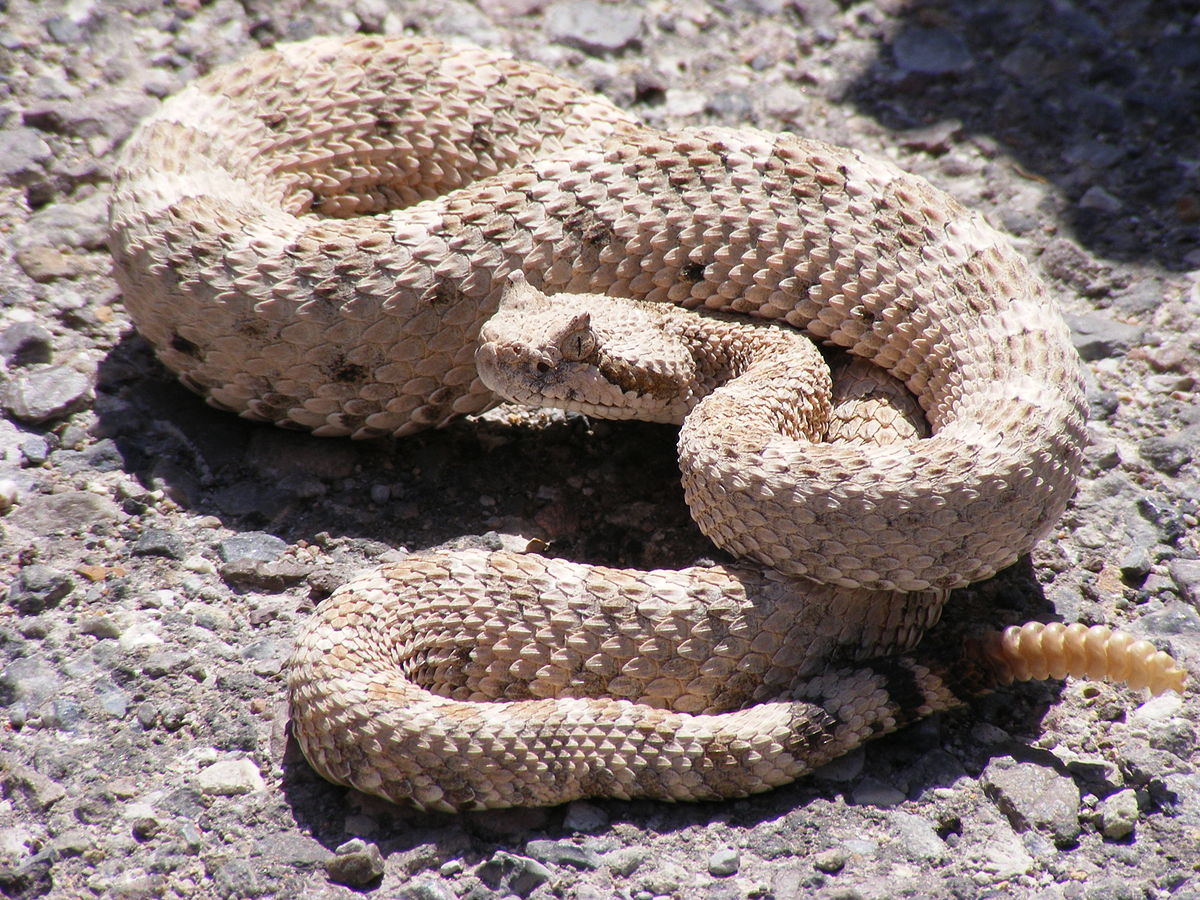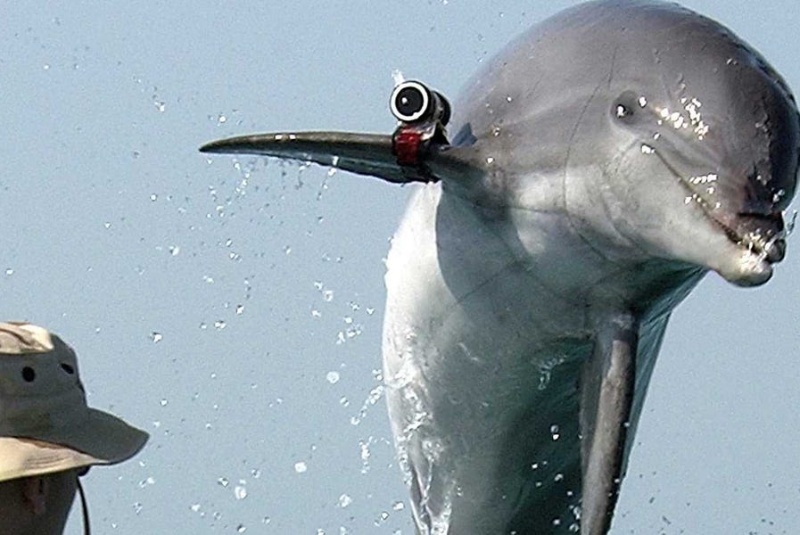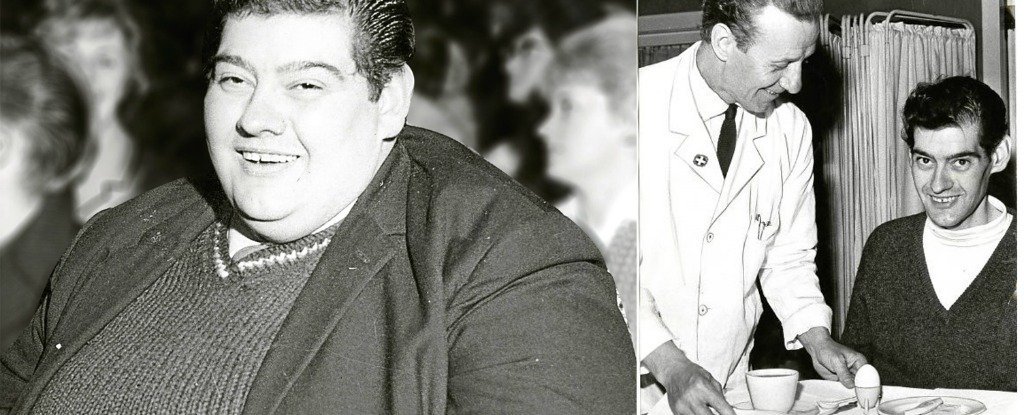In a bizarre and harrowing event that reads like a grim tale, a man in Texas faced a near-death experience during the Memorial weekend that highlights the perils lurking in our own backyards. The incident involved a rattlesnake which, after being killed, managed to inflict a potentially fatal wound.
Rattlesnakes are as fascinating as they are fearsome. These creatures have captivated the minds of herpetologists and struck fear into the hearts of the public. Their presence in American folklore and reality is formidable, commanding a respect that borders on mythical. What makes these creatures particularly intriguing is their physiological adaptability, which, unfortunately, played a crucial role in this distressing event.
The encounter in question unfolded in Texas, a state no stranger to serpentine residents. The man involved, Mr. Sutcliffe, was performing what could be considered an act of valor—defending his wife from a lurking danger in their garden. The foe was a 4-foot long rattlesnake poised to strike. In a swift reaction, Mr. Sutcliffe employed a shovel, his only available tool, to kill the snake. However, the subsequent action he took underscores a lack of widespread knowledge about snake physiology that could be vital in such situations.
Upon attempting to dispose of the deceased snake, Mr. Sutcliffe was bitten. It is a common misconception that once dead, animals, including snakes, are immediately rendered harmless. This tragic incident starkly demonstrates that this is not the case. The decapitated rattlesnake head, functioning on posthumous reflexes, bit Mr. Sutcliffe, injecting him with a dose of venom. This defense mechanism of the rattlesnake, a chilling reminder of nature's raw power, nearly cost a man his life.

In discussing the aftermath of this event, it is essential to dive deeper into the science behind it. Snakes are ectothermic creatures, commonly known as cold-blooded. This means that they rely on external sources of heat to regulate their body temperature. The environmental heat not only allows these reptiles to move and hunt but also to perform other physiological functions. Due to their lower metabolic requirements, they can continue to exhibit reflex actions for a period after death. In some extraordinary cases, these reflexes can last for hours.
The posthumous bite delivered to Mr. Sutcliffe can be attributed to these very reflexes. When he reached to pick up the snake's body, the head—operating purely on nerve-driven reflex—reacted to the perceived threat. It is a startling reminder that in nature, death does not always equate to immediate cessation of all bodily functions, especially in reptiles like snakes.
Moreover, the quantity of venom delivered can be directly proportional to the perceived size of the threat. When faced with a human, a rattlesnake might deliver a more significant amount of venom compared to what it would administer to a smaller prey, like a rodent. This involuntary defensive response is designed for the snake's survival in the wild, but in this context, it transformed a dead reptile into an instrument of grave danger.
The key takeaway from this incident is the imperative of caution. The best practice when encountering a rattlesnake is not engagement but retreat. Observing from a safe distance and contacting local wildlife authorities ensures both human safety and the humane treatment of the animal. For those who live in areas frequented by these snakes, education on how to coexist with the local wildlife is essential.
Every year in America, about 10,000 snakebite incidents are reported, with a small fraction resulting in fatalities. Quick access to medical care and the availability of antivenom have made recoveries more probable. In the case of Mr. Sutcliffe, prompt medical attention was pivotal. His recovery in the hospital was a testament to the rapid response of healthcare professionals and the resilience of the human body.
Continuing from this unsettling narrative, it's critical to delve into the broader implications and preventive measures. Residential areas increasingly overlap with the natural habitats of wildlife, including snakes. This encroachment creates scenarios where humans and potentially dangerous animals come into close contact. It raises important questions about how we manage our interactions with native wildlife species and the precautions we must take to protect ourselves without causing unnecessary harm to the animals.
Education is at the forefront of prevention. Awareness campaigns can significantly reduce the number of snake-related injuries. Understanding snake behavior, recognizing the signs of their presence, and knowing what to do in the event of an encounter can save lives. It is not only about self-preservation but also about respecting the role these creatures play in the ecosystem.
Furthermore, the story of Mr. Sutcliffe underscores the importance of first aid knowledge in the case of snakebites. The immediate steps taken following a bite can be the difference between life and death. Applying the correct first aid techniques and avoiding common misconceptions, such as attempting to suck out the venom, are critical points that need to be addressed in public health messaging.
In closing, the "zombie snake" incident, while extraordinary, serves as a vivid cautionary tale. The natural world is replete with wonders and dangers alike. It is our responsibility to navigate this world with respect and knowledge. For Mr. Sutcliffe, his encounter was a stark reminder of nature's immutable rules, and for us, it is a narrative that reinforces the call for awareness and education.
As communities, we can respond to such incidents not with fear, but with a renewed commitment to understanding the delicate balance between human activity and wildlife conservation. It is in this balance that we find the key to coexisting peacefully with the myriad of species that share our planet.




